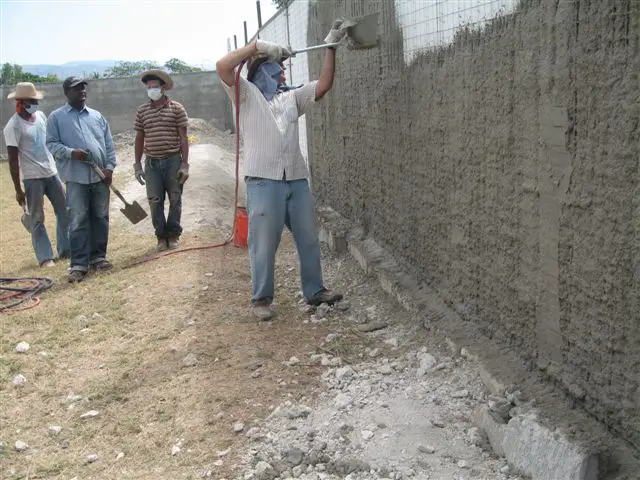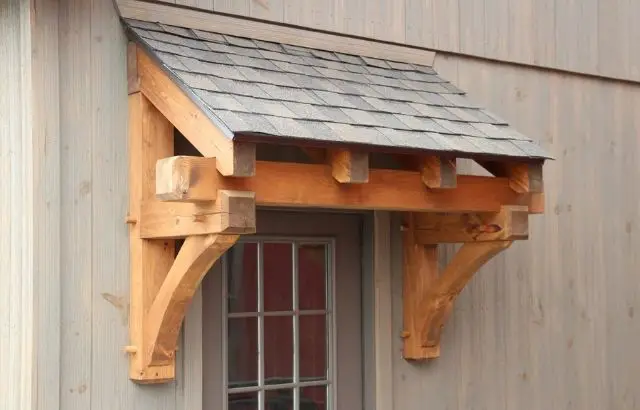Stucco is a versatile and durable material that can create beautiful and long-lasting finishes on interior and exterior surfaces. Whether you’re looking to enhance your home’s curb appeal or add a touch of elegance to your interior walls, stucco is a great option. In this guide, I will walk you through the stuccoing process, step by step, so that you can achieve professional-looking results.
Understanding the Materials and Tools Needed for Stuccoing
Before you begin studying, gathering all the necessary materials and tools is important. Here’s a list of what you’ll need:
- Stucco mix: Different types of stucco mix are available, so make sure to choose the appropriate one for your project.
- Sand: The sand you use should be clean and free of any impurities.
- Cement: Portland cement is typically used in stucco mixes.
- Water: You’ll need water to mix with the stucco materials.
- Trowel: A trowel is used to apply and spread the stucco.
- Hawk: A hawk is a square board with a handle that holds the stucco while you work.
- Float: A float is used to smooth and level the stucco surface.
- Wire mesh: Wire mesh reinforces the stucco and prevents cracking.
- Brushes: Brushes are used to clean the surface and apply bonding agents.
How to Stucco
Preparing the Surface for Stucco Application
Before applying stucco, the surface needs to be properly prepared. Here’s how to do it:
- Clean the surface: Remove any dirt, dust, or loose particles from the surface using a brush or pressure washer. Ensure the surface is completely dry before moving on to the next step.
- Repair any damages: Inspect the surface for cracks, holes, or other damages. Use a patching compound to repair these areas and ensure a smooth surface.
- Apply bonding agent: Apply a bonding agent to the surface to improve adhesion. Follow the manufacturer’s instructions for the specific bonding agent you’re using.
Mixing the Stucco Materials Properly
Mixing the stucco materials properly is crucial for achieving consistency and ensuring a strong bond. Here’s how to do it:
- Measure the materials: Follow the instructions on the stucco mix packaging to determine the correct sand, cement, and water ratio. Measure out the appropriate amounts of each material.
- Add water to the mixer: Start by adding water to the mixer, following the recommended amount. It’s best to add the water gradually to achieve the desired consistency.
- Gradually add the stucco mix: Slowly add the stucco mix to the water while the mixer is running. Make sure to scrape the sides of the mixer to incorporate all the dry mix.
- Mix thoroughly: Mix the stucco materials for several minutes until you achieve a smooth and lump-free consistency. The final mix should be stiff enough to hold its shape but still spreadable.
Applying the Scratch Coat
The scratch coat is the first stucco layer applied to the prepared surface. It provides a base for the subsequent layers. Here’s how to apply the scratch coat:
- Wet the surface: Wash the prepared surface with water before applying the scratch coat. This helps improve adhesion.
- Load the hawk: Load a small amount of stucco onto the hawk using the trowel.
- Apply the stucco: Scoop some stucco from the hawk with the trowel and apply it to the surface. Use a sweeping motion to spread the stucco evenly.
- Scratch the surface: Once the stucco is applied, use a scratcher or a comb-like tool to create horizontal lines on the surface. This provides a better grip for the next layer of stucco.
- Cure the scratch coat: Allow it to cure for at least 48 hours, keeping it moist by spraying water on it periodically.
Adding the Brown Coat
The brown coat is the second stucco layer applied over the scratch coat. It provides additional strength and thickness to the stucco system. Here’s how to add the brown coat:
- Wet the scratch coat: Before applying the brown coat, wet the cured scratch coat with water. This helps improve adhesion.
- Load the hawk: Load a small amount of stucco onto the hawk using the trowel.
- Apply the stucco: Scoop some stucco from the hawk with the trowel and apply it to the surface. Use a sweeping motion to spread the stucco evenly.
- Level the surface: Use a float to level the surface and remove any excess stucco. Keep the float at a slight angle to achieve a smooth and even finish.
- Cure the brown coat: Allow the brown coat to cure for at least 48 hours, keeping it moist by spraying water on it periodically.
Finishing the Stucco with the Final Coat
The final coat is the last stucco layer applied to the brown coat. It provides the desired texture and appearance. Here’s how to finish the stucco with the final coat:
- Wet the brown coat: Before applying the final coat, wet the cured brown coat with water. This helps improve adhesion.
- Load the hawk: Load a small amount of stucco onto the hawk using the trowel.
- Apply the stucco: Scoop some stucco from the hawk with the trowel and apply it to the surface. Use a sweeping motion to spread the stucco evenly.
- Texture the surface: Use a texture brush or a trowel to create the desired texture on the stucco surface. You can use various techniques, such as swirls, ripples, or peaks.
- Cure the final coat: Allow it to cure for at least 48 hours, keeping it moist by spraying water on it periodically.
Curing and Maintaining the Stucco
After applying the stucco, it’s important to cure and maintain it to ensure its longevity properly. Here are some tips:
- Keep the stucco moist: During the curing process, it’s important to keep it moist by spraying water on it periodically. This helps prevent cracking and ensures a strong bond.
- Avoid heavy impact: While stucco is a durable material, it can still be damaged by heavy impact. Avoid hitting or bumping the stucco surface with sharp objects.
- Clean the stucco regularly: To maintain the appearance of the stucco, clean it regularly using a mild detergent and a soft brush. Avoid using abrasive cleaners or harsh chemicals that can damage the stucco.
My Opinion
Stuccoing is a rewarding and cost-effective way to enhance the beauty and durability of your surfaces. By following this step-by-step guide and avoiding common mistakes, you can achieve professional-looking results that stand the test of time. Gather all the necessary materials and tools, prepare the surface properly, mix the stucco materials thoroughly, and apply each coat carefully. With patience and attention to detail, you can create stunning stucco finishes that will impress you for years.




